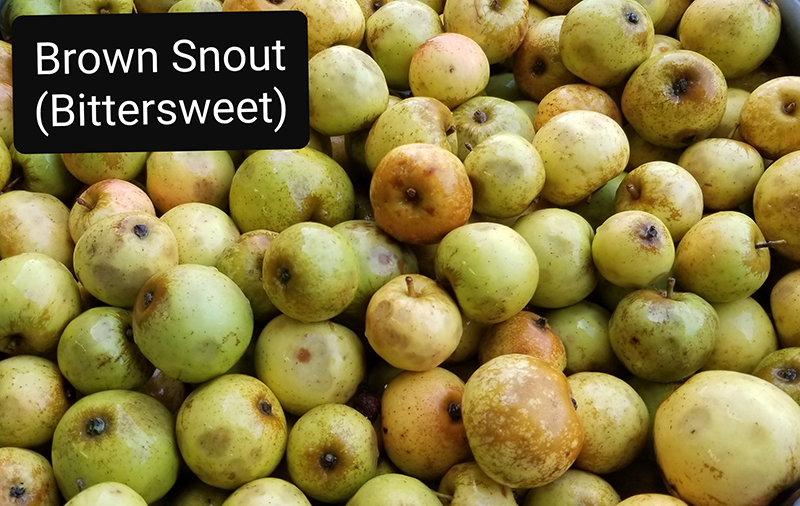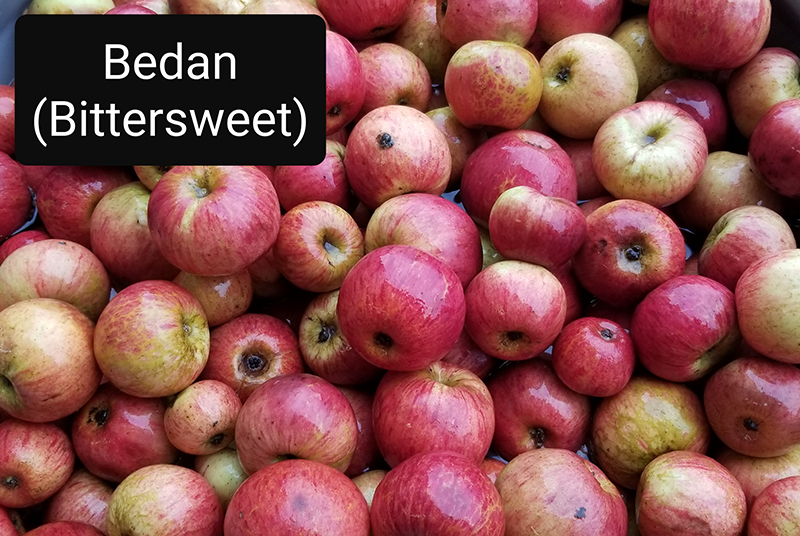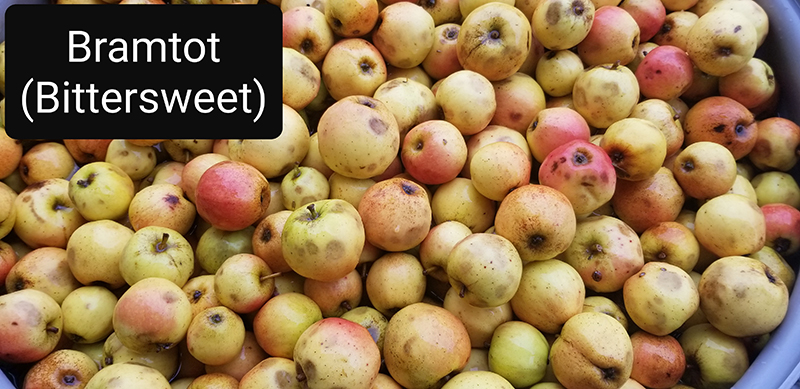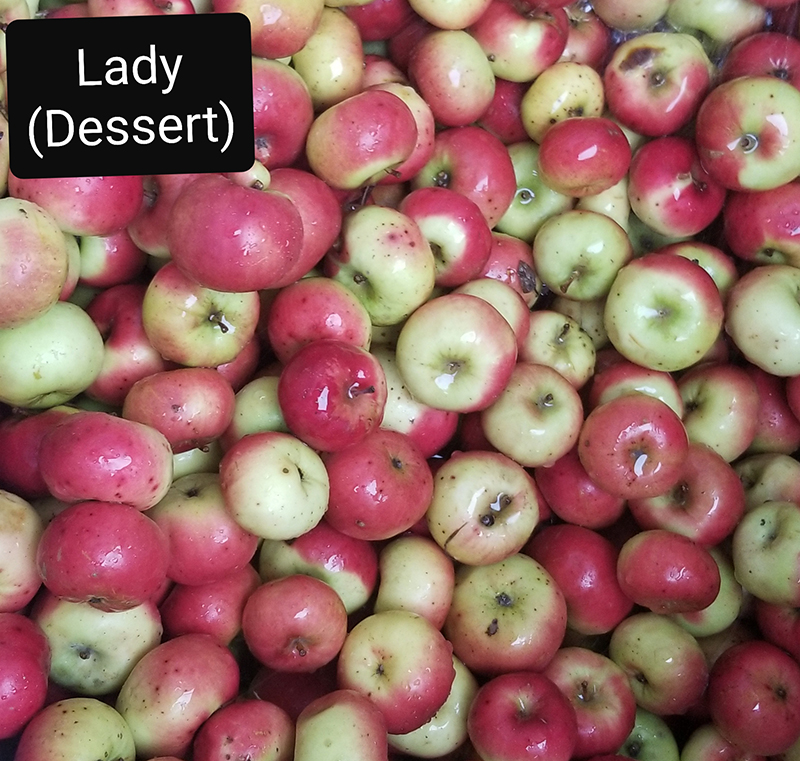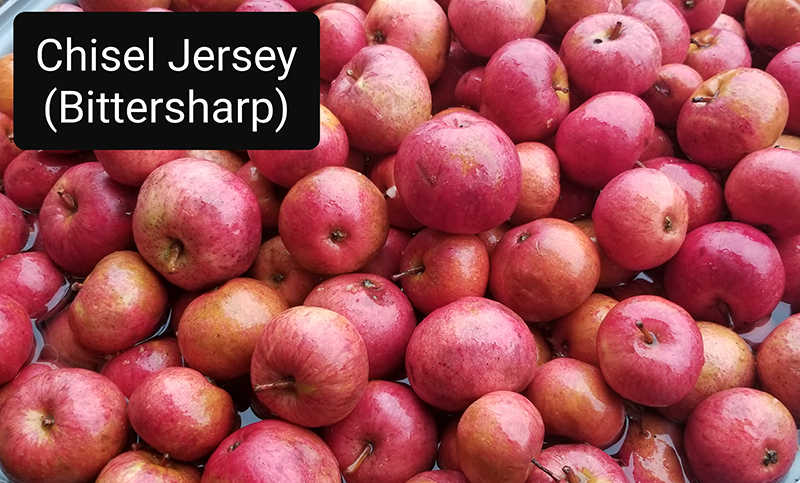Cider Flavor Survey
CiderSupply.com
Dick Dunn
us a fair bit of valuable info out of it...
BUT!...
I get caught on your explanation of how to control the experiment: "The
The trouble I see is that the "proper treatment" (such as that may be) can
vary quite a bit from one variety to the next. Just to pick an example, I
would not sweat Nehou at all. In my experience, as it grows here, I need
to press it as soon as possible after harvest/drop. Porter's Perfection,
on the other hand, can languish for a while...lest when you mill them, the
tannin leap out, fangs bared, and chase you around the press!
Or stated differently, how do you choose the exact treatment you'll use?
But, then, if the "proper treatment" varies from one variety to the next
(and I'm sure it does!), who's to say what that proper treatment might be?
You're trying to do a properly controlled experiment, but on a rather
UNcontrolled sample base.
Perhaps one cidermaker wants (or needs for the blend) the most assertive
tannins that Porter's can give, where another needs them to mellow to make
the cider palatable in a different blend.
Mind you, I don't have any answers here! I'm taking a devil's advocate
position. I've thought for many years about how to do these experiments,
and I do learn, yet I fall back on trying to intuit the best approach.
Intuition is weak at best even with experience. The apples fool me.
Dick Dunn rc...@talisman.com Hygiene, Colorado USA
Miguel Pereda
Eric Tyira
--
--
Visit our website: http://www.ciderworkshop.com
You received this message because you are subscribed to the "Cider Workshop" Google Group.
By joining the Cider Workshop, you agree to abide by our principles. Please see http://www.ciderworkshop.com/resources_principles.html
---
You received this message because you are subscribed to the Google Groups "Cider Workshop" group.
To unsubscribe from this group and stop receiving emails from it, send an email to cider-worksho...@googlegroups.com.
To view this discussion on the web, visit https://groups.google.com/d/msgid/cider-workshop/71256a4e-54dd-463c-925c-6af23f2e434en%40googlegroups.com.
Mark Fitzsimmons
rhand...@centurytel.net
Chris you might also be interested in the single variety trials the were conducted at the WSU Mt. Vernon station a number of years ago. I do not know how well the trial methodology or results were documented but If interested you might contact Bri Ewing or check their cider website to see if there is anything.
--
joshkel...@gmail.com
CiderSupply.com
Hi All, i will keep U all posted as this progresses. The variables in this have definitely become a matrix of 3-dimensional cause and effect for sure. As far as Dick's info, on sweating, I must clarify, As the apples became close to becoming "Cider Ripe" i placed them in the chiller to slow down any further changes in the apples. That is how i got the early and ones that dont sweat well last so late and allow to be pressed with the very late cultivars. In retrospect I should have probably started fermentation of those when early. Miguel i think i am going to take small samples of all the lees and blend and re inoculate all the carboys with the blended shared lees to help distribute any malolactic bacteria and other bacteria to help grow the same stuff in all carboys. Eric, yes i think that it will be likely that next season different yeasts or compounds of the same apples if the experiment is repeated, could have different flavors, but i guess several iterations of the experiment would be even more substantive. Richard, thanks I will also revisit the WSU cider reports, that is a good idea. They did do some of these trials also and have some data also. It will be interesting to bounce my trial against theirs. Oh Yes Josh…you just scared the crap outa me! All the note taking J
Thanks to ya all, I will post some photos here, but also posting on instagram.
Thanks again
Chris Rylands
Renaissance Orchards
Ferndale WA
CiderSupply.com
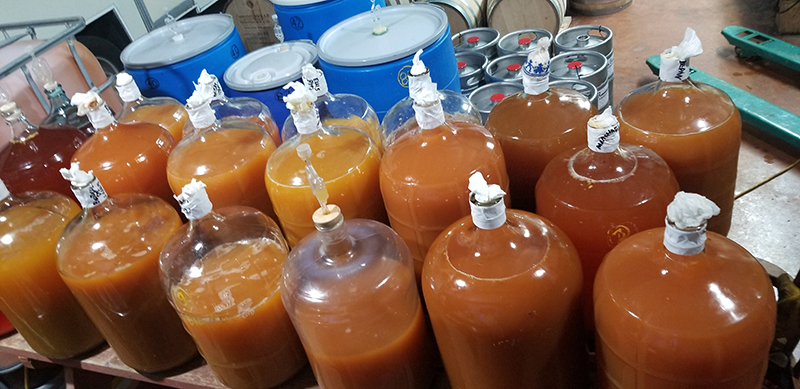
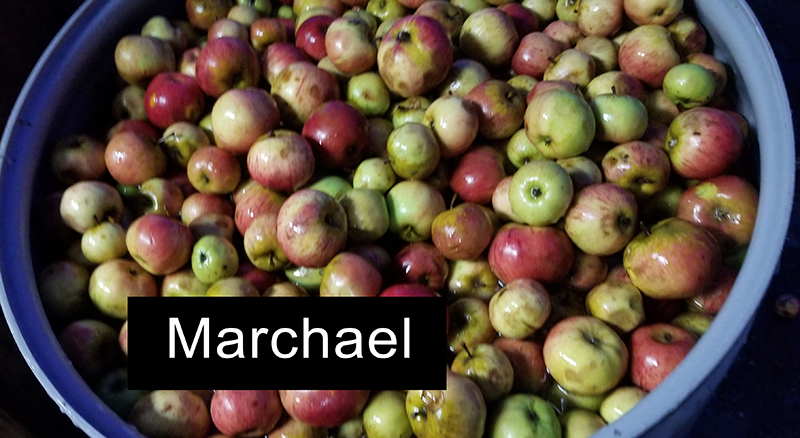
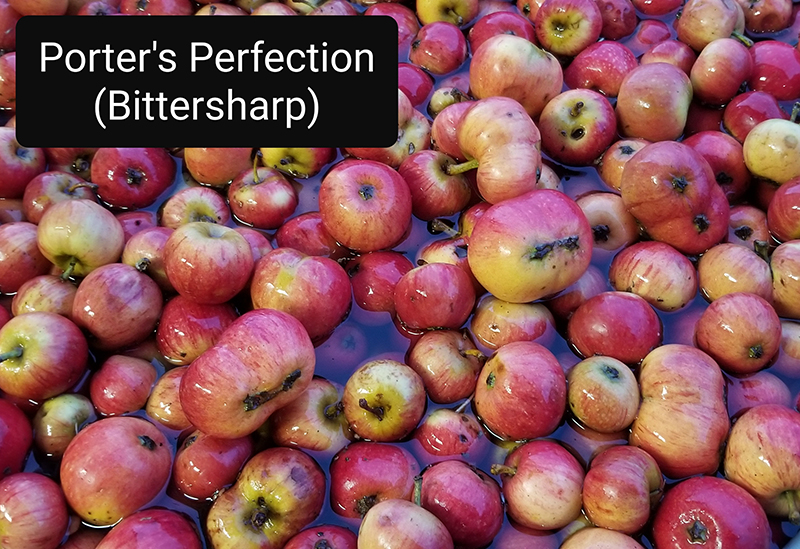
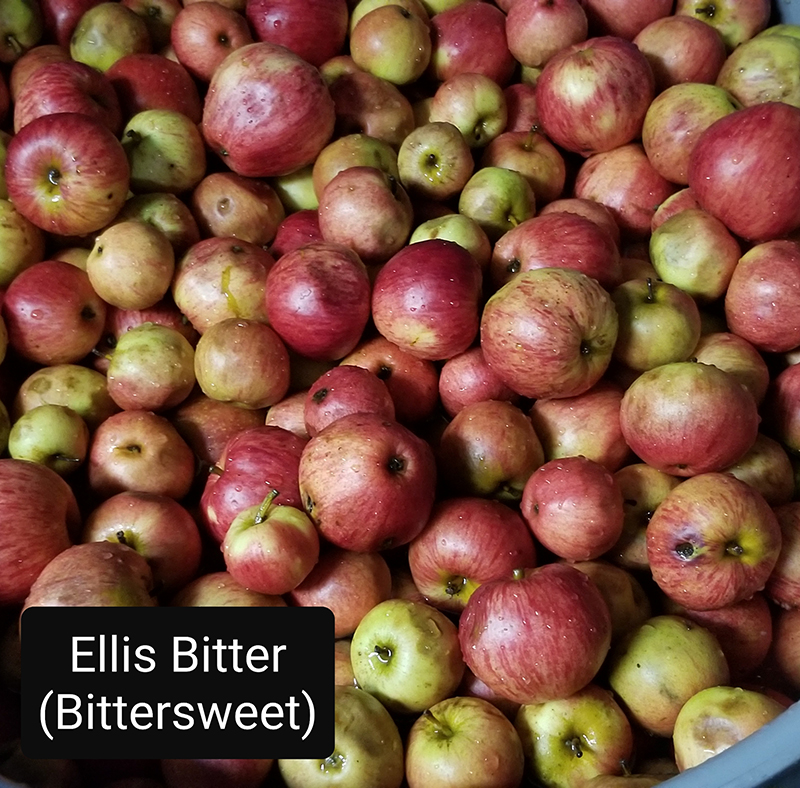
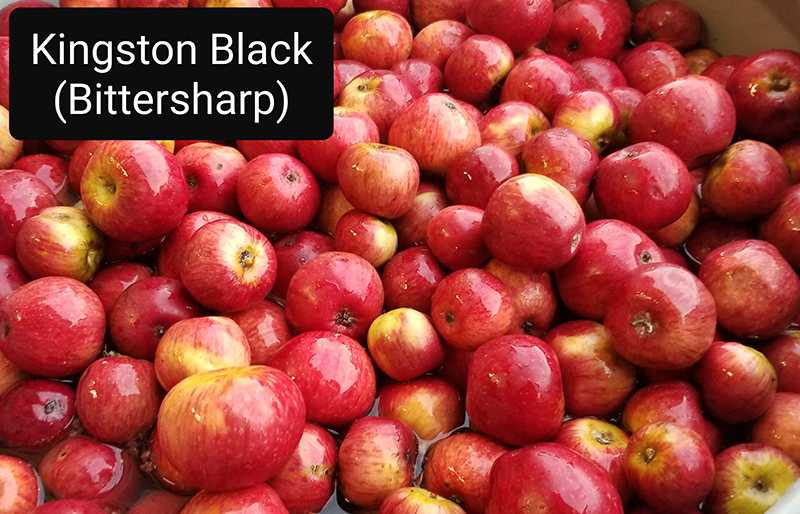


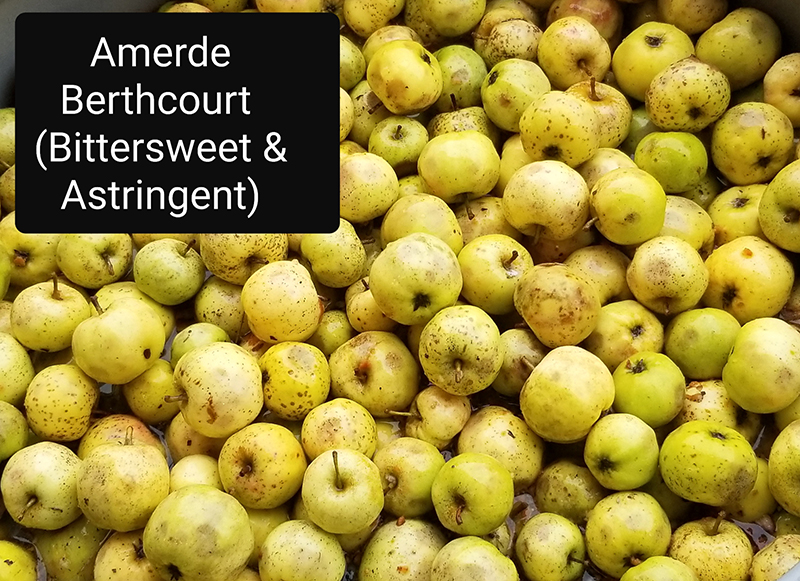
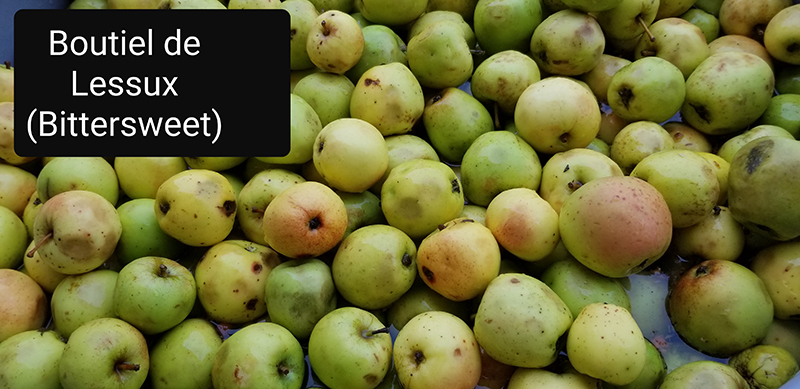
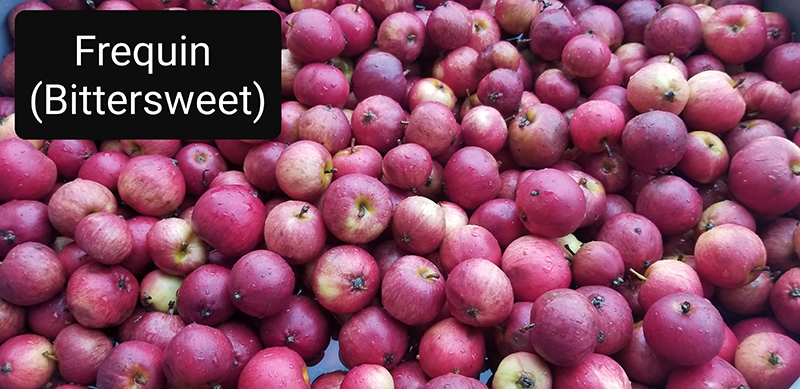

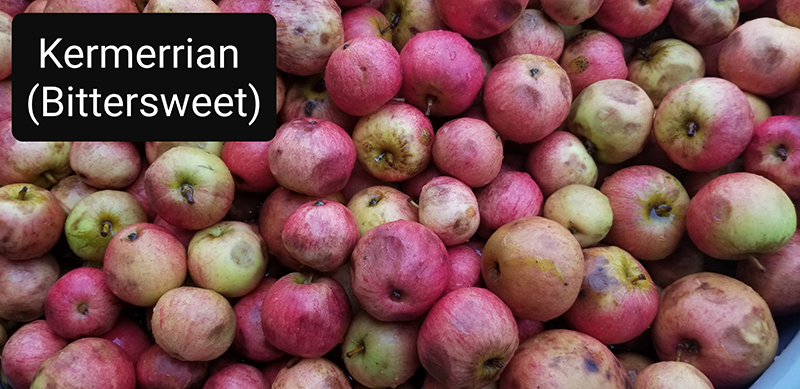
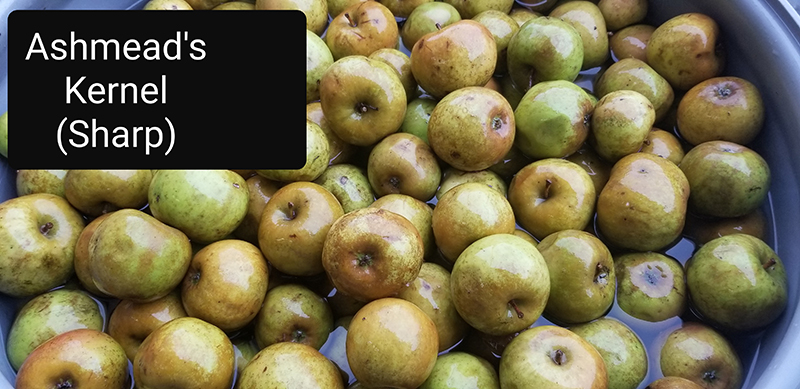


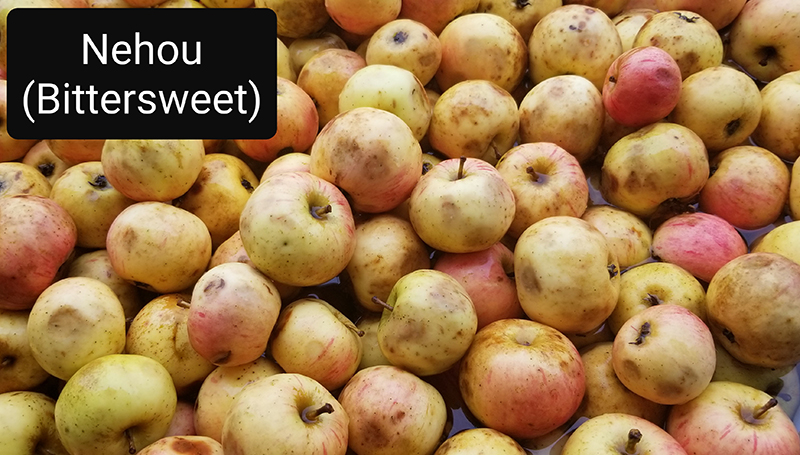
Dave Fulton
--
--
Visit our website: http://www.ciderworkshop.com
You received this message because you are subscribed to the "Cider Workshop" Google Group.
By joining the Cider Workshop, you agree to abide by our principles. Please see http://www.ciderworkshop.com/resources_principles.html
---
You received this message because you are subscribed to the Google Groups "Cider Workshop" group.
To unsubscribe from this group and stop receiving emails from it, send an email to cider-worksho...@googlegroups.com.
To view this discussion on the web, visit https://groups.google.com/d/msgid/cider-workshop/c585e57f-48e6-455d-ab61-4f301acd8c7cn%40googlegroups.com.
cidersupply.com
To unsubscribe from this topic, visit https://groups.google.com/d/topic/cider-workshop/Hqz2ZkzxNKU/unsubscribe.
To unsubscribe from this group and all its topics, send an email to cider-worksho...@googlegroups.com.
To view this discussion on the web, visit https://groups.google.com/d/msgid/cider-workshop/CAHZOrdQ6bWO%3DfJwOsBSjNOBbz%3DMjuKTzD%3D7M0K67k9jpUYjOXA%40mail.gmail.com.
joshkel...@gmail.com
DICK KIRK
--
--
Visit our website: http://www.ciderworkshop.com
You received this message because you are subscribed to the "Cider Workshop" Google Group.
By joining the Cider Workshop, you agree to abide by our principles. Please see http://www.ciderworkshop.com/resources_principles.html
---
You received this message because you are subscribed to the Google Groups "Cider Workshop" group.
To unsubscribe from this group and stop receiving emails from it, send an email to cider-worksho...@googlegroups.com.
To view this discussion on the web, visit https://groups.google.com/d/msgid/cider-workshop/71256a4e-54dd-463c-925c-6af23f2e434en%40googlegroups.com.
DICK KIRK
Dave Fulton
To view this discussion on the web, visit https://groups.google.com/d/msgid/cider-workshop/602f44dc.1c69fb81.2034a.183b%40mx.google.com.
cidersupply.com
This week May 3, 2012:
The 1st to finish initial ferment are in this order Ashmead's kernel finished 1st and went clear. porters perfection finished 2nd but still a bit turbid. Kermerrian finished the 3rd.
All others should be finishing inital ferment soon likely in three weeks from now and I will do first racking then. All other ciders are still turbid, but bramtot and bedan are especially turbid. All ciders fermenting at same velocity at 38 Deg F to 48 deg F. All ciders building the same amount of lees. Still to early for testing nose, too much co2 being produced. Tried smelling a few and they almost put me on my ass.
Below is the May 1st tasting for Acidity, Tannin, Astringency, and other profile elements if present.
They are listed in order of prominence and what I taste first and what the taste finishes with. Where order numbers are present, that cider has clear phases of flavor that clearly strike first before the next one comes into play. Where there are no numbers, they are more blended in transition.
Here we go so far:
CiderSupply.com
CiderSupply.com
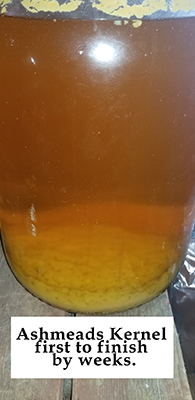
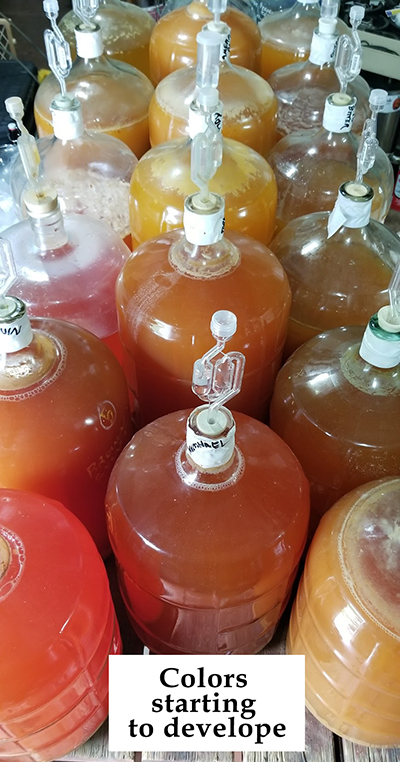
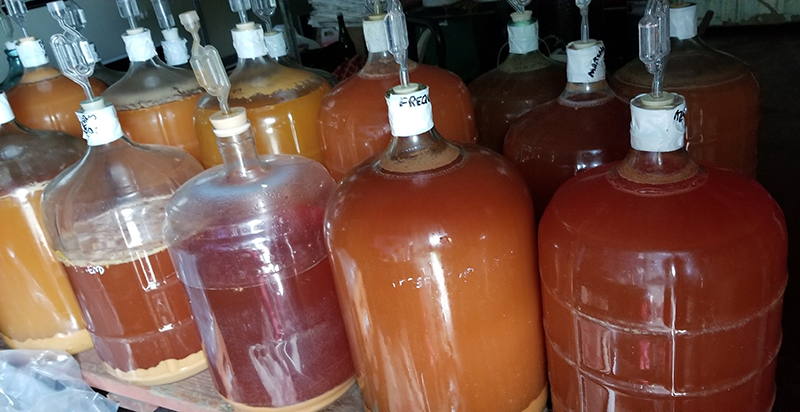
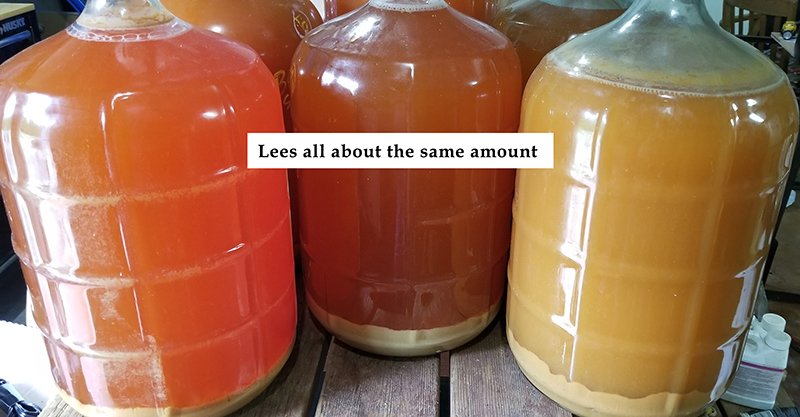
CiderSupply.com
Dave Fulton
To view this discussion on the web, visit https://groups.google.com/d/msgid/cider-workshop/180ba229-9683-4101-85e7-694e762203edn%40googlegroups.com.
CiderSupply.com
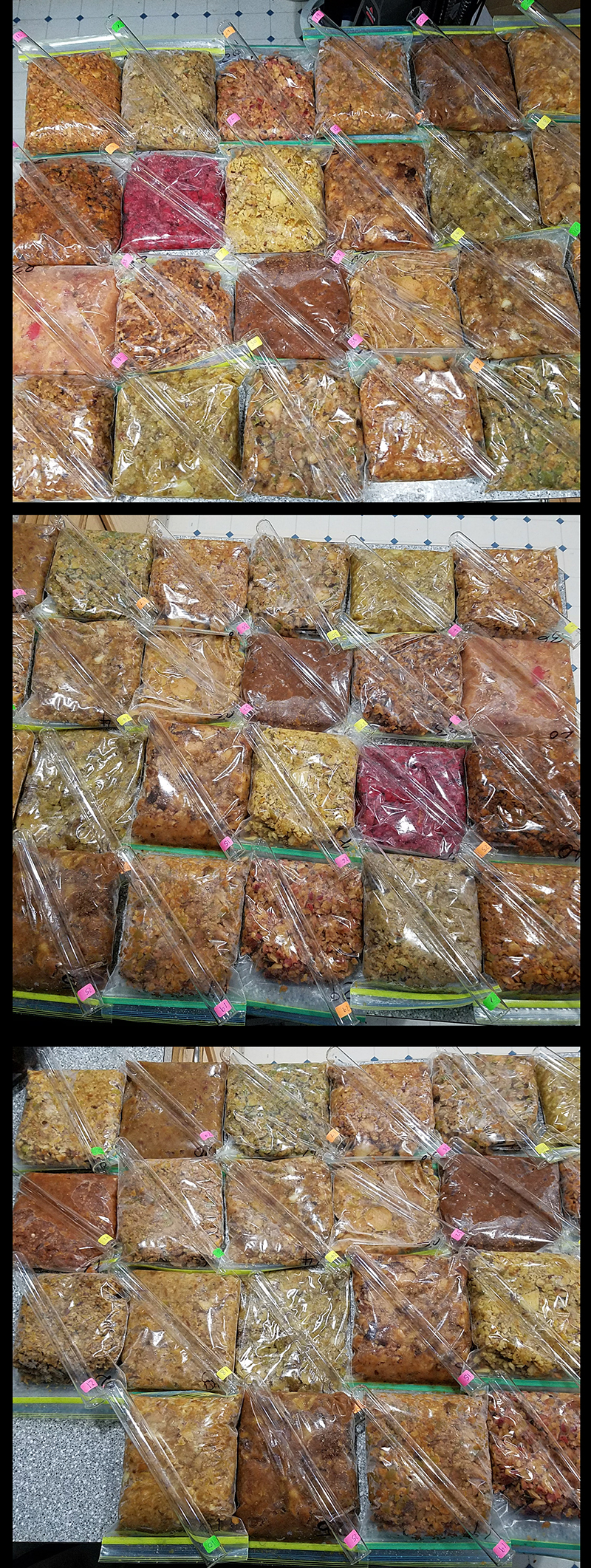
CiderSupply.com

Michael
CiderSupply.com

Dave Fulton
--
--
Visit our website: http://www.ciderworkshop.com
You received this message because you are subscribed to the "Cider Workshop" Google Group.
By joining the Cider Workshop, you agree to abide by our principles. Please see http://www.ciderworkshop.com/resources_principles.html
---
You received this message because you are subscribed to the Google Groups "Cider Workshop" group.
To unsubscribe from this group and stop receiving emails from it, send an email to cider-worksho...@googlegroups.com.
To view this discussion on the web, visit https://groups.google.com/d/msgid/cider-workshop/797d09de-fce1-4773-ba9b-e7045d263461n%40googlegroups.com.
Michael
Can Bramtot, Kermerrien and Amere de Berthecourt hold their own as single variety bottlings?
Is that Frequin that's not Frequin Rouge the variety they call Gros Frequin?
CiderSupply.com
CiderSupply.com
CiderSupply.com
Michael
And yes, making juice from them I will definitely try.
Did these ciders change because of pasteurization?
CGJ
where we could meet in a central location, then getting a set, rounding
up a few hundred dixie cups, and sitting down together with our
notebooks would be a blast! You've done all the hard work, it would be
good to see some significant use made of it.
Carl
West Barnstable
Massachusetts
CiderSupply.com
CiderSupply.com
David Pickering
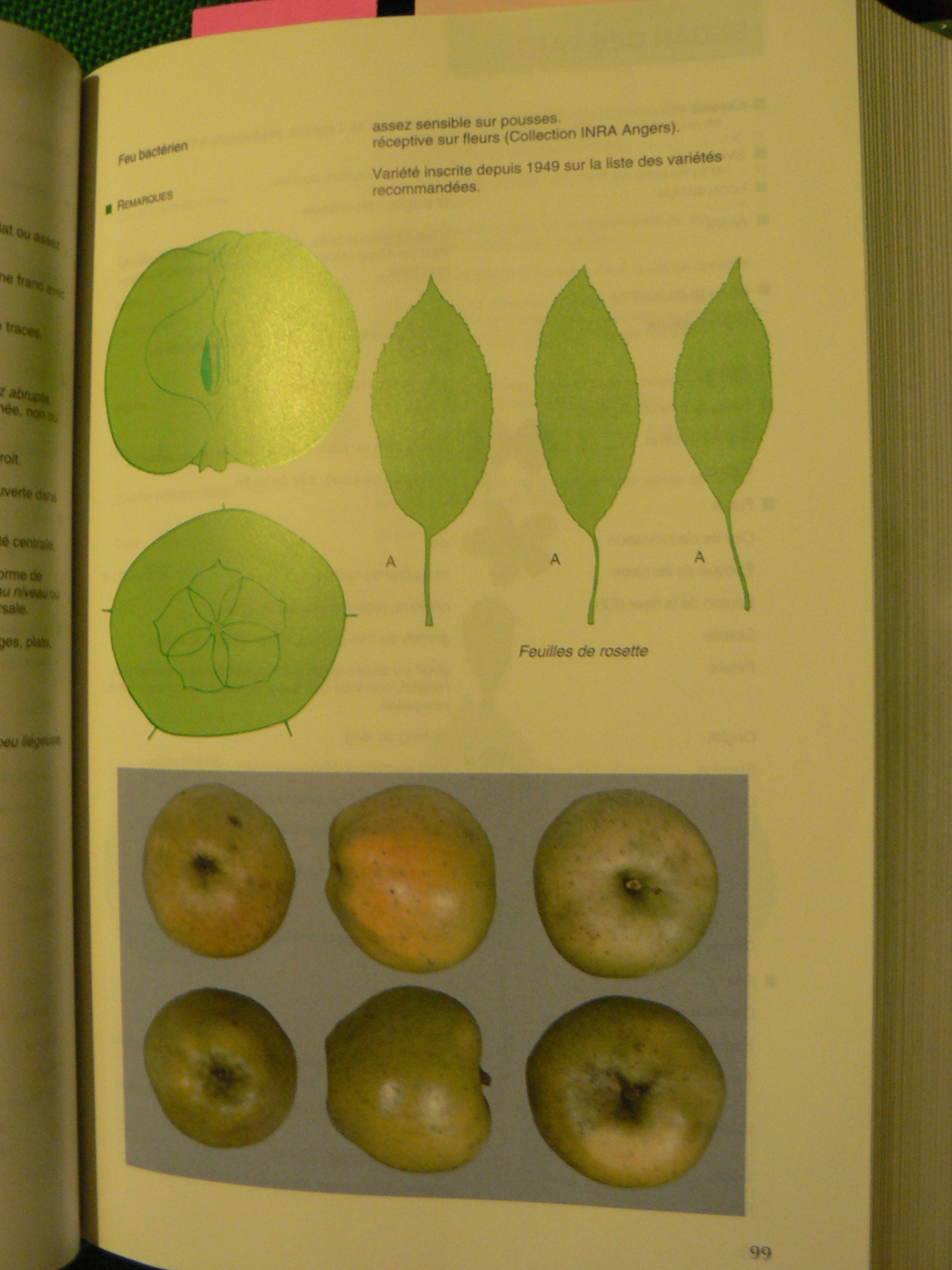
Cheers - David
David Pickering - "Linden Lea" 681 Huntley Road, ORANGE NSW 2800 Australia
http://www.cideroz.com/
http://www.cideraustralia.org.au/
Michael
Eric Tyira
--
--
Visit our website: http://www.ciderworkshop.com
You received this message because you are subscribed to the "Cider Workshop" Google Group.
By joining the Cider Workshop, you agree to abide by our principles. Please see http://www.ciderworkshop.com/resources_principles.html
---
You received this message because you are subscribed to the Google Groups "Cider Workshop" group.
To unsubscribe from this group and stop receiving emails from it, send an email to cider-worksho...@googlegroups.com.
To view this discussion on the web, visit https://groups.google.com/d/msgid/cider-workshop/797d09de-fce1-4773-ba9b-e7045d263461n%40googlegroups.com.
Claude Jolicoeur
But the image of Bedan shown in that email does trouble me. Boré and Fleckinger (Pommiers å Cidre) illustrate Bedan p99 as per below
Andrew Lea
Some talk about "Hard" and "Soft" tannins and I know there's a mouthfeel difference, but I may have them backward in my head. Can you or someone help straighten me out with what is considered a hard tannin and what is considered soft?
erik walther
up a few hundred dixie cups, and sitting down together with our
notebooks would be a blast! You've done all the hard work, it would be
--
--
Visit our website: http://www.ciderworkshop.com
You received this message because you are subscribed to the "Cider Workshop" Google Group.
By joining the Cider Workshop, you agree to abide by our principles. Please see http://www.ciderworkshop.com/resources_principles.html
---
You received this message because you are subscribed to the Google Groups "Cider Workshop" group.
To unsubscribe from this group and stop receiving emails from it, send an email to cider-worksho...@googlegroups.com.
To view this discussion on the web, visit https://groups.google.com/d/msgid/cider-workshop/0e6512e1-6080-4509-8d41-f71b885fa1c3n%40googlegroups.com.
Mike Beck
A good time to try this is during cider days in Western Massachusetts typically the first weekend of November.
Sadly due to Covid this event has not been its normal event. Hopefully Cider Days will return to full schedule this year. The hardest part is finding a good space. Several local cider makers might be game for hosting such a tasting. I would hop over a couple of big lakes to participate in that.
Mike in Michigan
Sent from Mail for Windows
From: erik walther
Sent: Monday, April 4, 2022 12:48 PM
To: cider-w...@googlegroups.com
Subject: Re: [Cider Workshop] Re: Cider Flavor Survey
I would be into this........
To view this discussion on the web, visit https://groups.google.com/d/msgid/cider-workshop/CAJ%3DMrsyOw-W7UkJ-66j2ZiZ8%3DA07r0EayS5w5ALCkYQS5Y8VXQ%40mail.gmail.com.
CiderSupply.com
CiderSupply.com
CiderSupply.com
CiderSupply.com
CiderSupply.com
Andrew Lea
On 5 Apr 2022, at 19:33, CiderSupply.com <cryl...@comcast.net> wrote:
There may be some molecular difference that exists, but for me based on the hundreds of hard cider apples we grow, the only difference i personally have found is the amount of residual tannins get assigned a name. "Hard" tannins for ciders with lots of tannins and little or no dilution with other apples, and less tannins equate to "Soft" tannins for lower amounts of residual tannins in the cider.Chris
On Monday, April 4, 2022 at 9:11:26 AM UTC-7 Andrew Lea wrote:
Some talk about "Hard" and "Soft" tannins and I know there's a mouthfeel difference, but I may have them backward in my head. Can you or someone help straighten me out with what is considered a hard tannin and what is considered soft?
--
--
Visit our website: http://www.ciderworkshop.com
You received this message because you are subscribed to the "Cider Workshop" Google Group.
By joining the Cider Workshop, you agree to abide by our principles. Please see http://www.ciderworkshop.com/resources_principles.html
---
You received this message because you are subscribed to the Google Groups "Cider Workshop" group.
To unsubscribe from this group and stop receiving emails from it, send an email to cider-worksho...@googlegroups.com.
To view this discussion on the web, visit https://groups.google.com/d/msgid/cider-workshop/41849065-fd0e-49e4-b5b7-d0651baafebcn%40googlegroups.com.
CiderSupply.com
Claude Jolicoeur
I think that one of the complications is that in the US and UK apples have two categories as Bittersweet and Bittersharp, but in France (Hi Claude J.? :-)) they have a category listed as Astringent (not used in the UK and US).
CiderSupply.com
- bittersweet
- bittersharp
- sharp
- sweet
- sweet
- bittersweet
- bitter
- acidic
Neutral Base 30-60
Tart 10-20
Aromatic 10-20
Astringent 5-20
Claude Jolicoeur
CiderSupply.com
will...@gmail.com
AW
Andrew Lea
In our laboratory based sensory research programme we preferred to use the more defined terms “bitterness” and “astringency”, which chimed more with what other researchers in sensory analysis were also doing. By using the apples Vilberie and Tremletts Bitter to represent the extremes of “soft” and “hard” tannin we demonstrated that these terms were hedonically equivalent to “astringency” and “bitterness”, and moreover that in cider apples they were determined by the molecular size of the relevant phenolics (catechins and procyanidins). This is covered in the detail (though not the abstract) of this paper https://onlinelibrary.wiley.com/doi/10.1002/jsfa.2740290512
Later our work was expanded in the wine field by Ann Noble at UC Davis and in the cider field by Ronan Symoneaux in France.
On 6 Nov 2022, at 13:57, AW <adamjw...@gmail.com> wrote:
I think I have noticed some inconsistent language between the wine and cider literature regarding "hard" and "soft" tannin.






